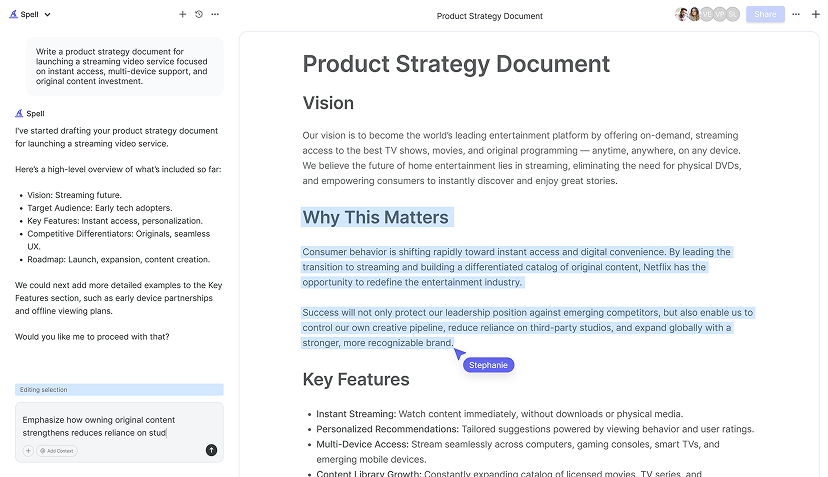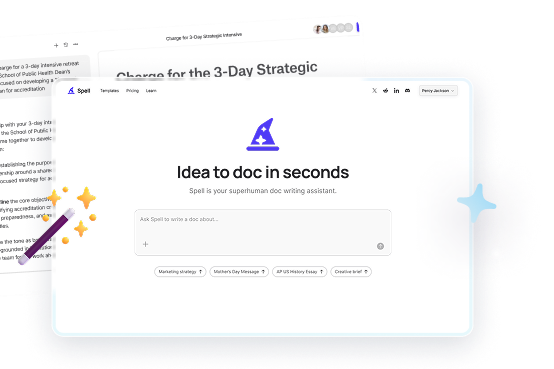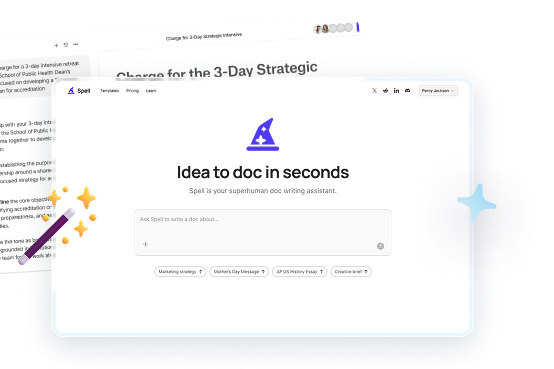We've all been there. Facing down a looming deadline with a research paper that's nowhere near done. Maybe it's the siren call of procrastination, or perhaps life just got in the way. Whatever the reason, if you're staring at that blank screen, it's time to buckle down and make magic happen. Here‘s a straightforward, no-nonsense guide to tackling a 10-page research paper in just one night.
Get Your Mind Right: Preparation is Key
Before you dive headfirst into writing, it's crucial to take a moment to mentally prepare. You‘re about to embark on a writing marathon, and like any marathon, a little planning goes a long way.
- Clear Your Space: Find a quiet spot with minimal distractions. If you're at home, let others know you need some uninterrupted time. Turn off notifications on your phone and computer. Trust me, that cat video can wait.
- Gather Your Tools: Have your laptop, a charger, some snacks, and a water bottle within reach. You don‘t want to break your flow to hunt for supplies.
- Set the Mood: Some folks swear by a soundtrack to keep them focused. Whether it‘s classical music or a white noise app, find what works for you.
Once your environment is set, you're ready to move on to the next phase: planning your paper.
Plan Your Paper: Structure is Your Friend
It might be tempting to just start writing, but a little planning can save you a ton of time later. A solid structure will guide your writing and keep you focused.
- Thesis Statement: This is your paper‘s backbone. What‘s the main point you're trying to make? Jot down a clear, concise thesis statement that you can expand upon.
- Outline the Sections: Break down your paper into sections. Typically, this will include the introduction, several body paragraphs, and a conclusion. Decide what each section will cover.
- Note Key Points: Under each section, list the main points and any supporting ideas or evidence you want to include. This doesn‘t have to be detailed-just enough to guide your thoughts.
Example Outline
1. Introduction
- Hook: Interesting fact or story
- Thesis statement
- Brief overview of main points
2. Body Paragraph 1
- Main point
- Supporting evidence
- Analysis
3. Body Paragraph 2
- Main point
- Supporting evidence
- Analysis
4. Body Paragraph 3
- Main point
- Supporting evidence
- Analysis
5. Conclusion
- Restate thesis
- Summarize key points
- Closing thought or call to action
With this outline, you‘ll have a roadmap to guide your writing, making the process more efficient.

Research Efficiently: Quality Over Quantity
When time is of the essence, you need to be smart about your research. Focus on finding a few quality sources that you can use extensively, rather than trying to read everything out there.
- Use Reliable Databases: Stick to academic sources like JSTOR, Google Scholar, or your university's library database. These sources are more likely to be credible and authoritative.
- Skim Smartly: Don‘t read every word. Skim abstracts, introductions, and conclusions to determine if a source is relevant to your paper.
- Take Quick Notes: As you find useful information, jot down key points and where you found them. This will save you time when citing sources later.
Remember, it‘s about making the most of the time you have. A focused approach will yield better results than trying to absorb everything.
Start Writing: Get Words on the Page
With your plan and research in hand, it‘s time to start writing. Don‘t worry about perfection at this stage. Just focus on getting your ideas down.
- Write the Introduction Last: It may sound counterintuitive, but starting with the body paragraphs can make your introduction easier to write.
- Focus on One Section at a Time: Use your outline to guide you through each section. Tackle one paragraph or idea at a time.
- Keep the Flow Going: If you hit a roadblock, make a note and move on. You can always come back and refine later.
Remember, writing is a process. The goal is to build momentum and keep moving forward.
Edit Ruthlessly: Trim the Fat
Once your first draft is complete, it‘s time to refine your work. Editing is where your paper truly comes together.
- Read Aloud: Reading your paper aloud can help you catch awkward phrasing and errors you might miss when reading silently.
- Cut Unnecessary Words: Be concise. Remove any fluff or repetitive statements that don‘t add to your argument.
- Check Transitions: Ensure each section flows smoothly into the next. Use transition words to connect ideas where necessary.
Editing can be challenging, especially when you‘re tired. Consider using a tool like Spell to help identify areas for improvement quickly and efficiently. It‘s like having a second pair of eyes on your paper, which is invaluable when you're short on time.

Cite Sources Properly: Avoid Plagiarism
It‘s crucial to give credit where it‘s due. Proper citation not only strengthens your paper but also helps you avoid plagiarism.
- Use a Citation Generator: Tools like EasyBib or Citation Machine can help you format your citations correctly, saving you manual effort.
- Know Your Format: Be sure you‘re using the correct citation style, whether it‘s APA, MLA, or Chicago. Each has its own rules, so it‘s important to be consistent.
- Keep a Source List: As you write, maintain a list of all the sources you consult. This will make it easier to compile your bibliography or works cited page.
Citations might seem tedious, but they‘re a necessary part of academic writing. Take the time to get them right.
Take Breaks: Avoid Burnout
Even in a crunch, it‘s important to pace yourself. Short breaks can help you maintain focus and energy.
- Use the Pomodoro Technique: Work for 25 minutes, then take a 5-minute break. This method can help you stay productive without feeling overwhelmed.
- Stretch and Move: During breaks, get up and stretch or take a quick walk. Physical movement can refresh your mind and reduce fatigue.
- Stay Hydrated and Eat: Don‘t forget to drink water and have some healthy snacks on hand. Your brain needs fuel to function at its best.
A well-timed break can recharge your mental batteries, improving both your focus and the quality of your work.


Polish Your Work: Final Touches
With the bulk of your work done, it‘s time to add the finishing touches. These small tweaks can make a big difference in the overall quality of your paper.
- Format Consistently: Make sure your paper adheres to any formatting requirements, such as font size, margins, and headings.
- Proofread: Look for typos, grammatical errors, and awkward phrasing. Tools like Spell can help you catch mistakes you might miss.
- Get Feedback: If possible, ask a friend or classmate to review your paper. A fresh perspective can be invaluable in catching errors or suggesting improvements.
These final adjustments can elevate your paper from good to great, so don‘t skip this step.
Submit with Confidence: You've Got This
You‘ve put in the work, and now it‘s time to hit that submit button. Take a moment to appreciate what you‘ve accomplished.
- Double-Check Requirements: Before submitting, ensure you‘ve met all the paper‘s requirements, from word count to format.
- Submit Early: If possible, submit your paper a little ahead of the deadline. This can prevent last-minute technical issues from causing stress.
- Relax: Once your paper is submitted, take a deep breath and relax. You‘ve done your best, and that‘s what counts.
Completing a 10-page research paper in one night is no small feat. Be proud of your determination and resilience.
Final Thoughts
Writing a lengthy paper in one night is challenging but not impossible. With the right mindset, planning, and tools, like Spell, you can streamline the process and deliver a solid piece of work. Remember, it's not about perfection-it's about progress. So take what you've learned and tackle your next paper with confidence. You've got this






